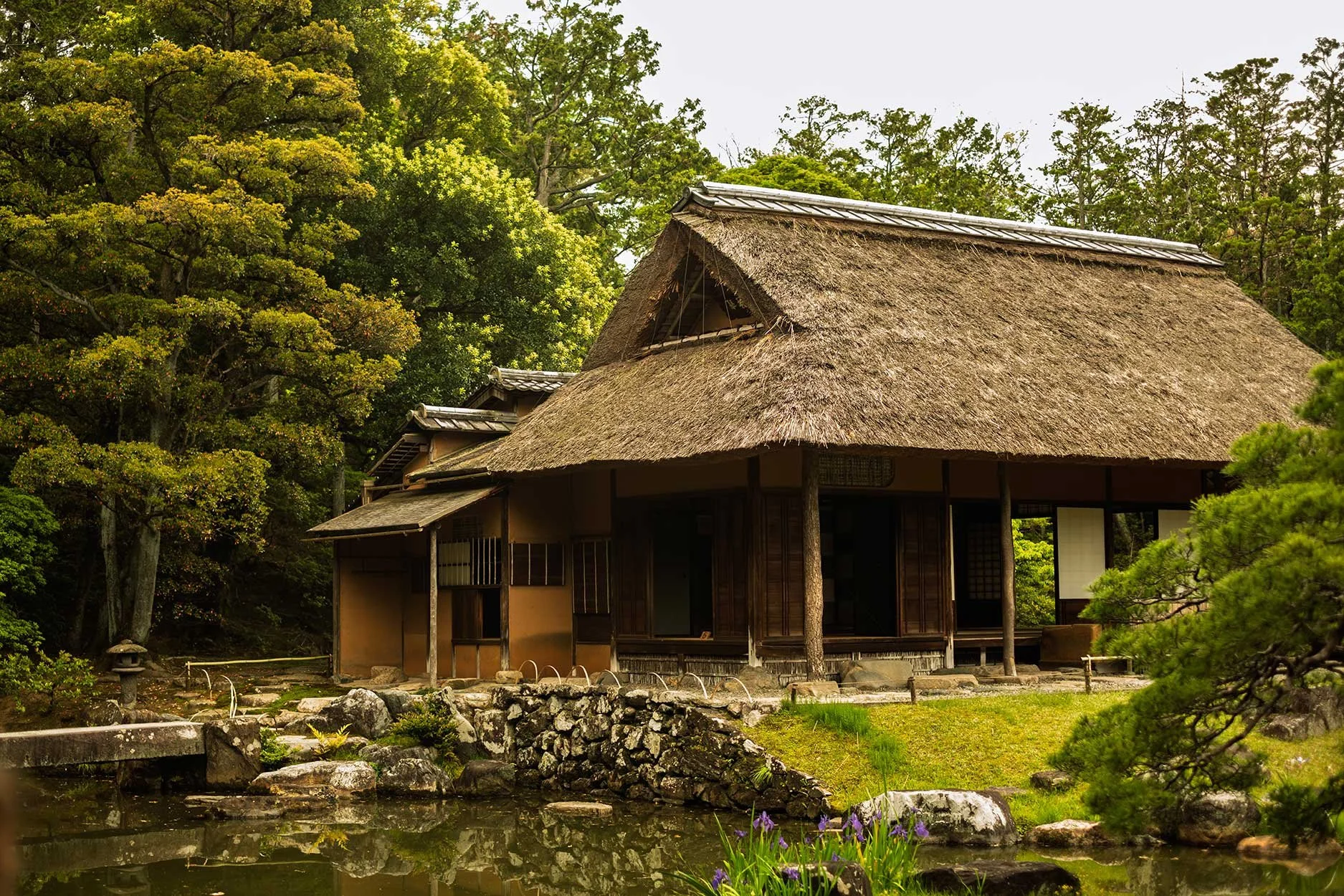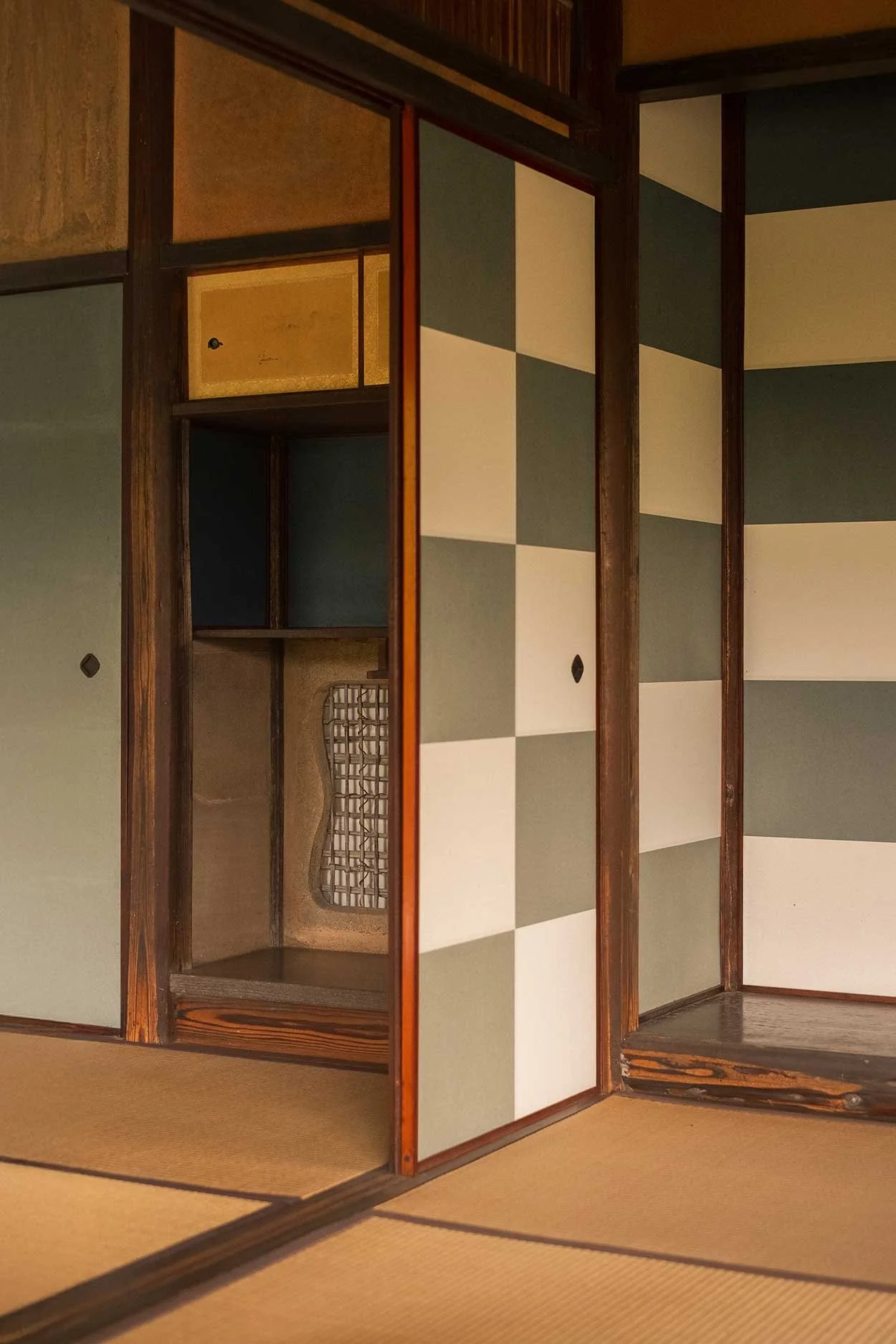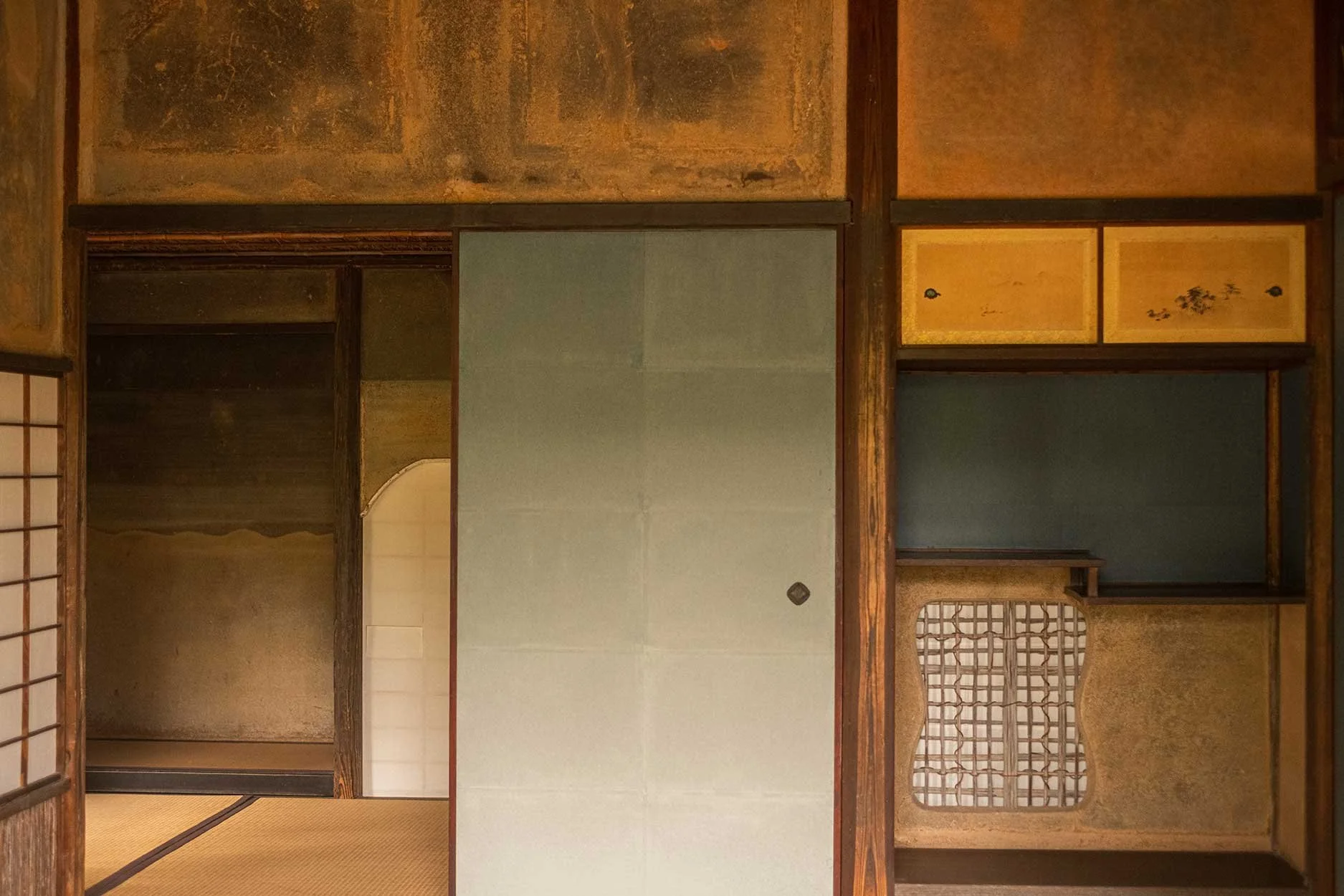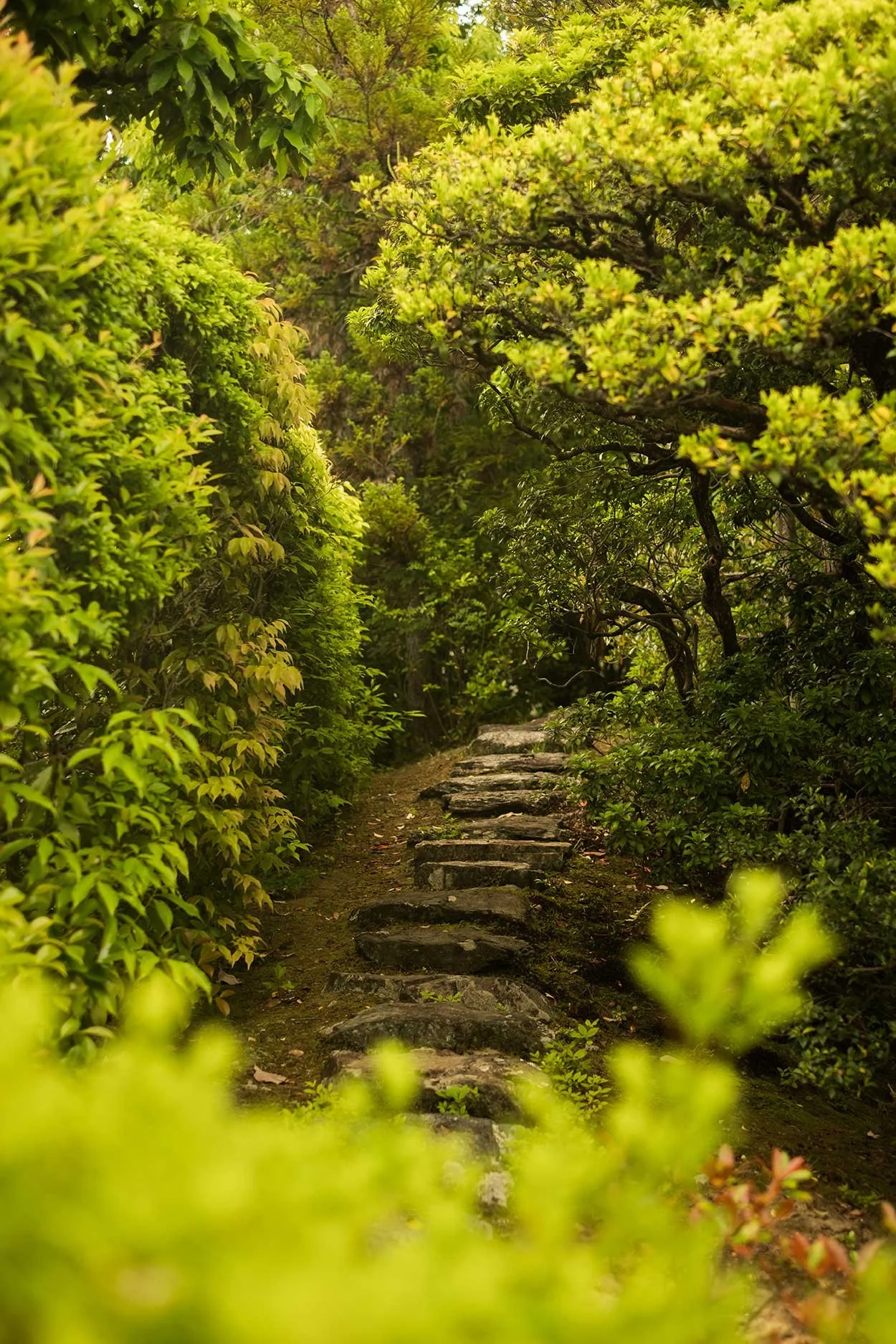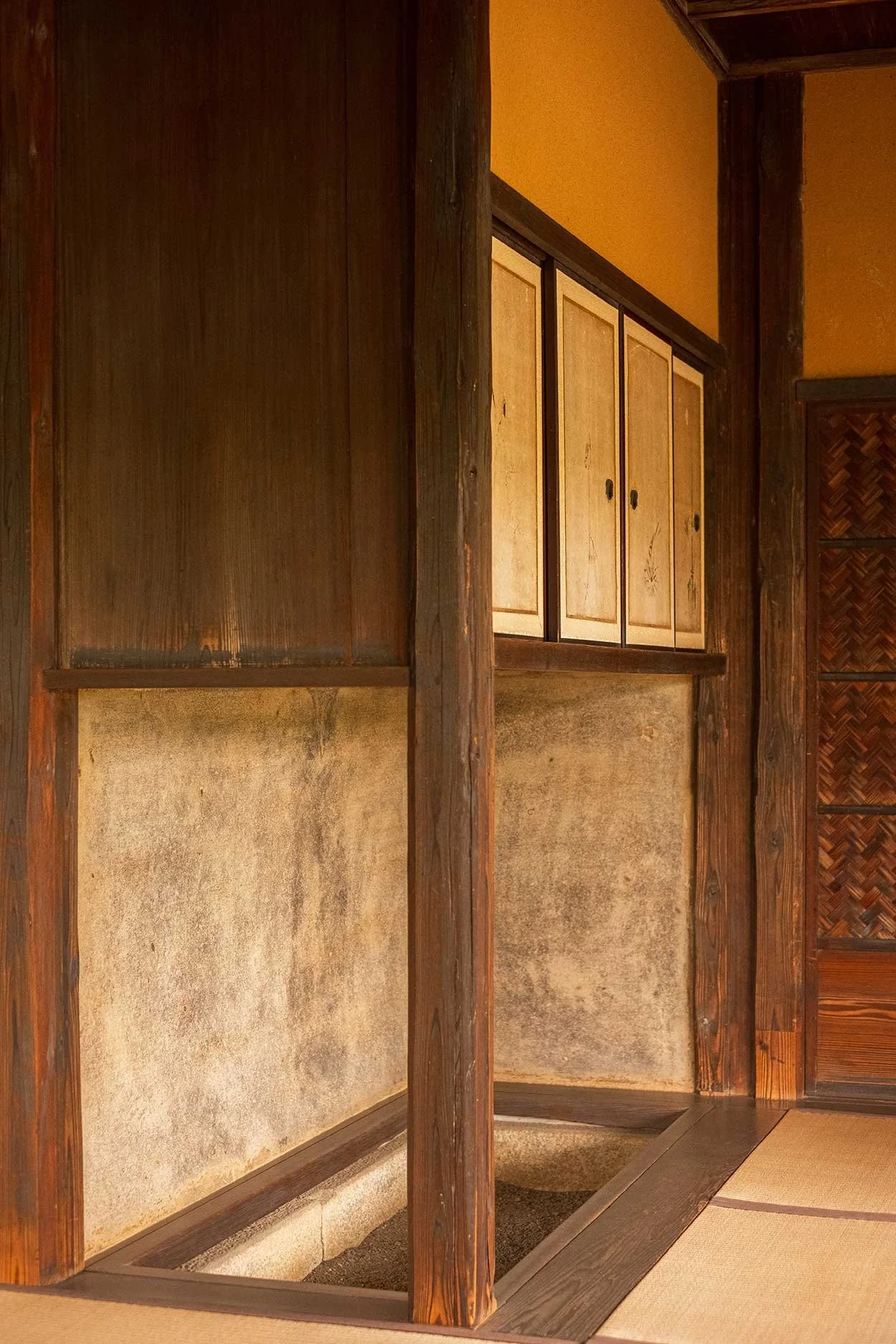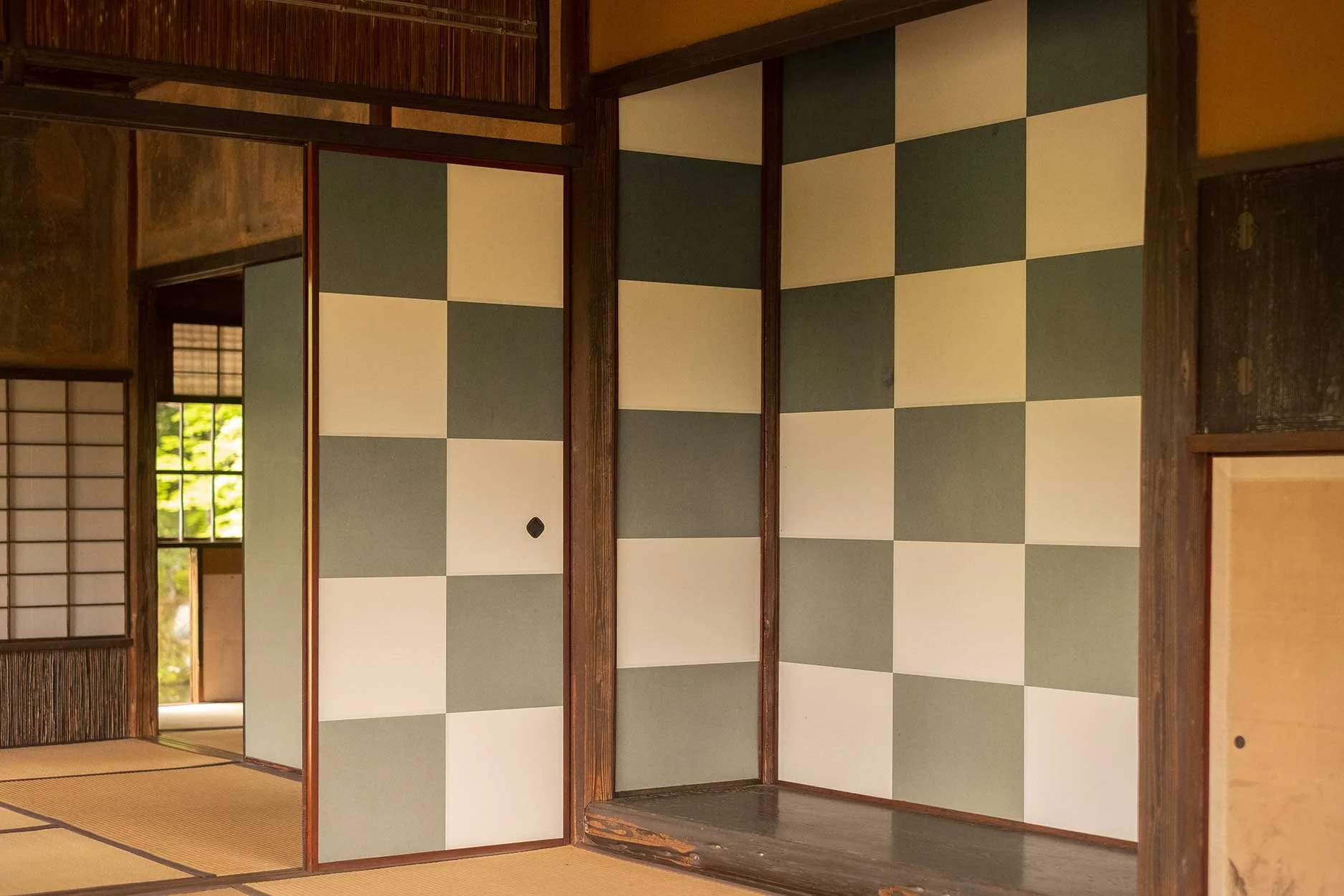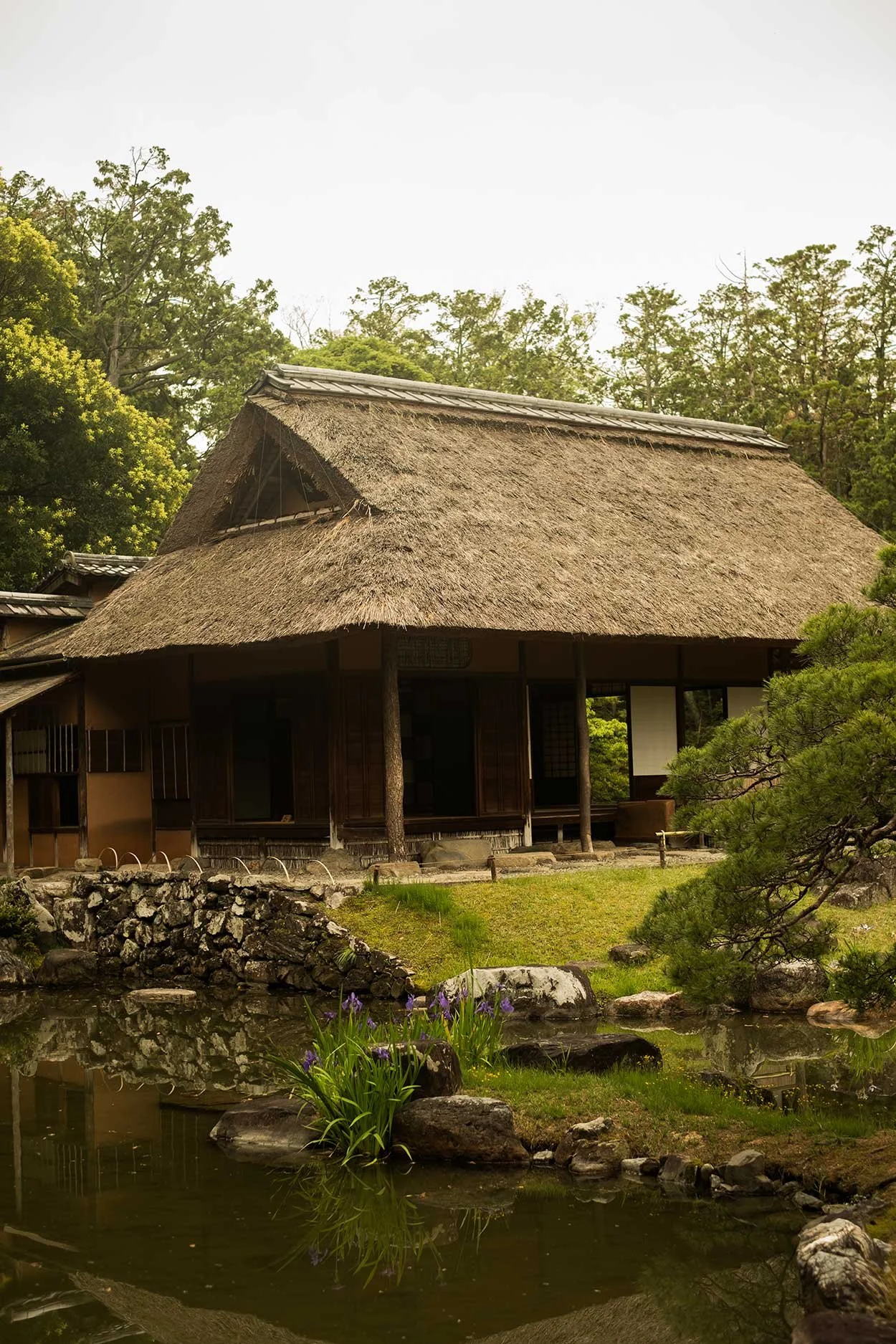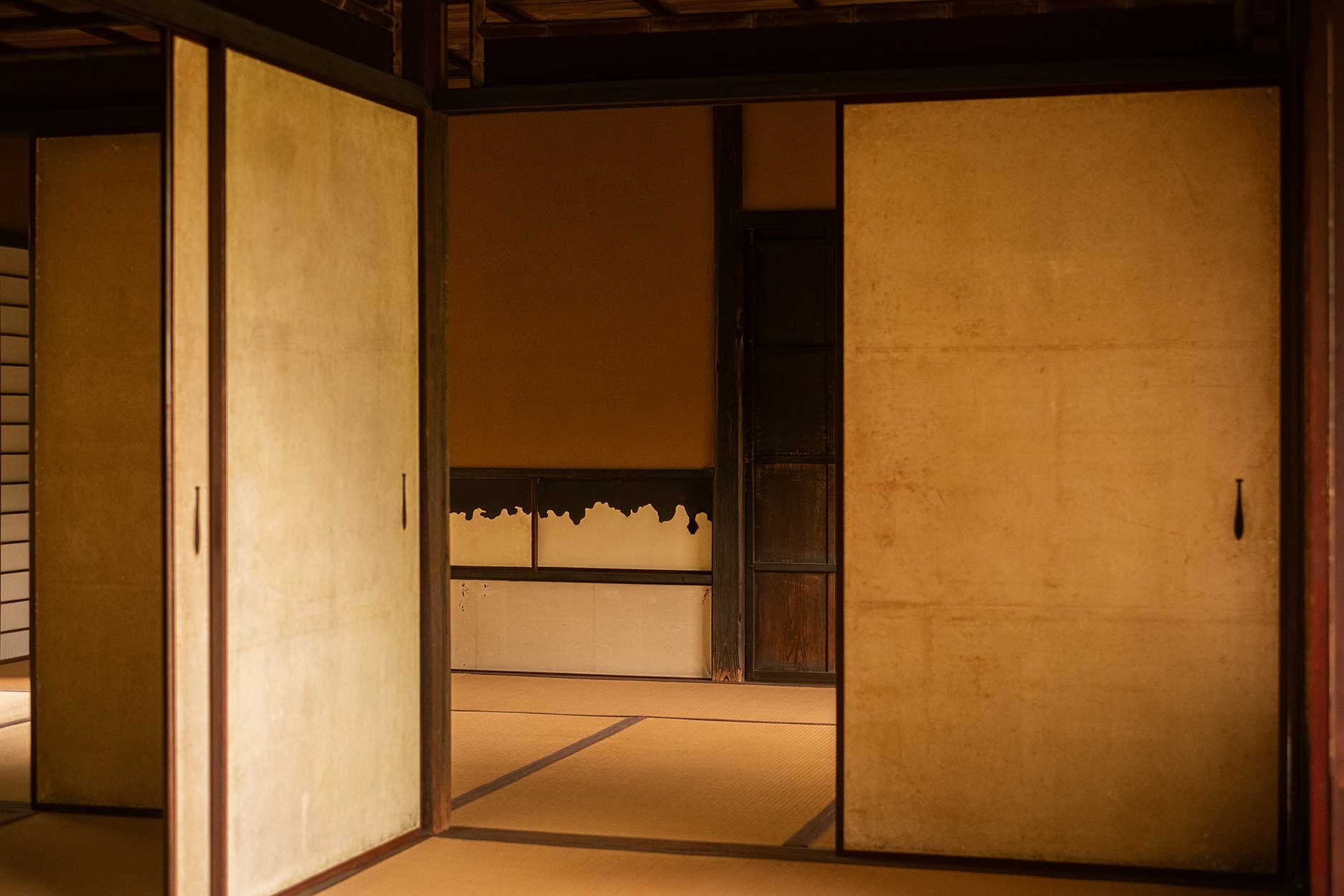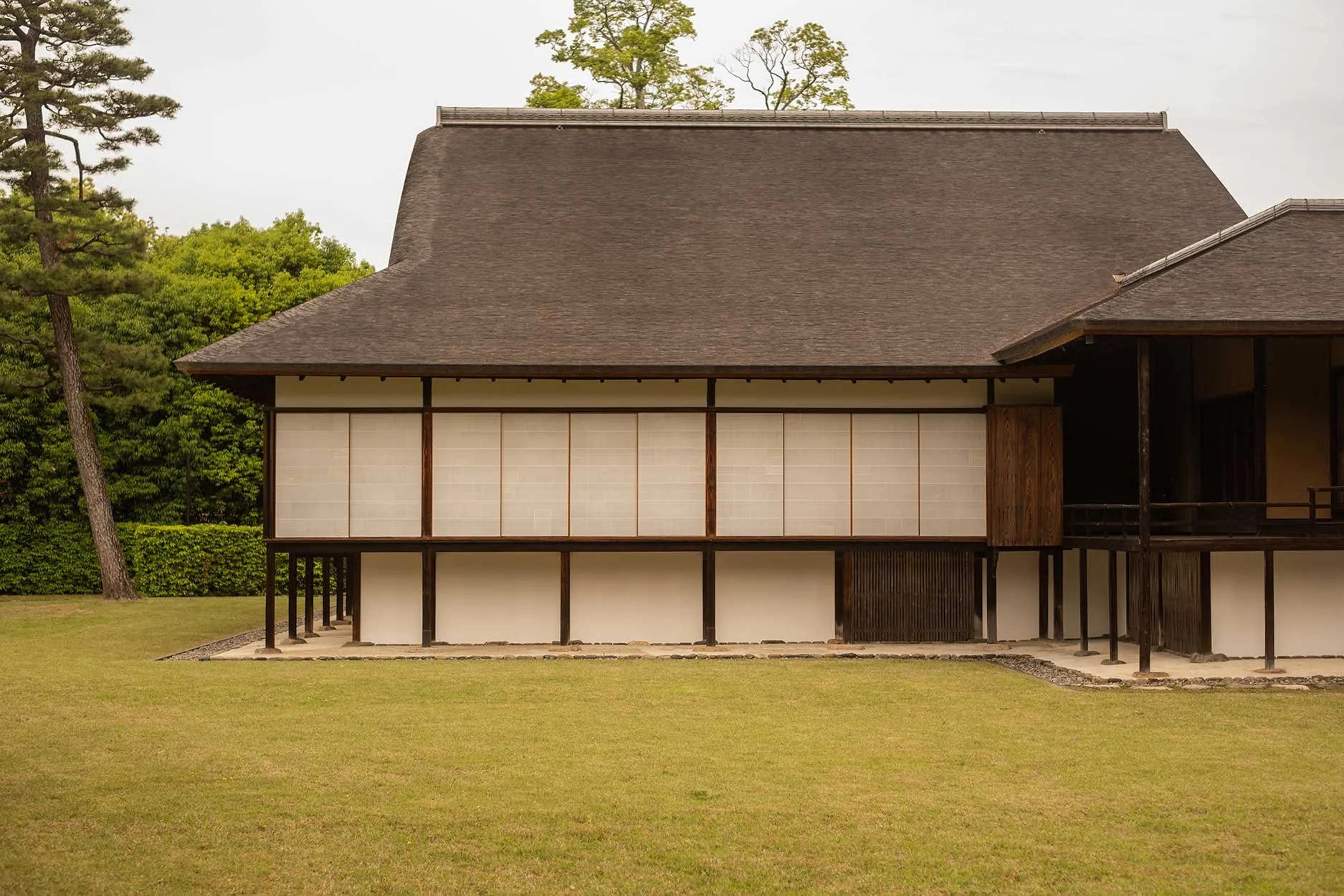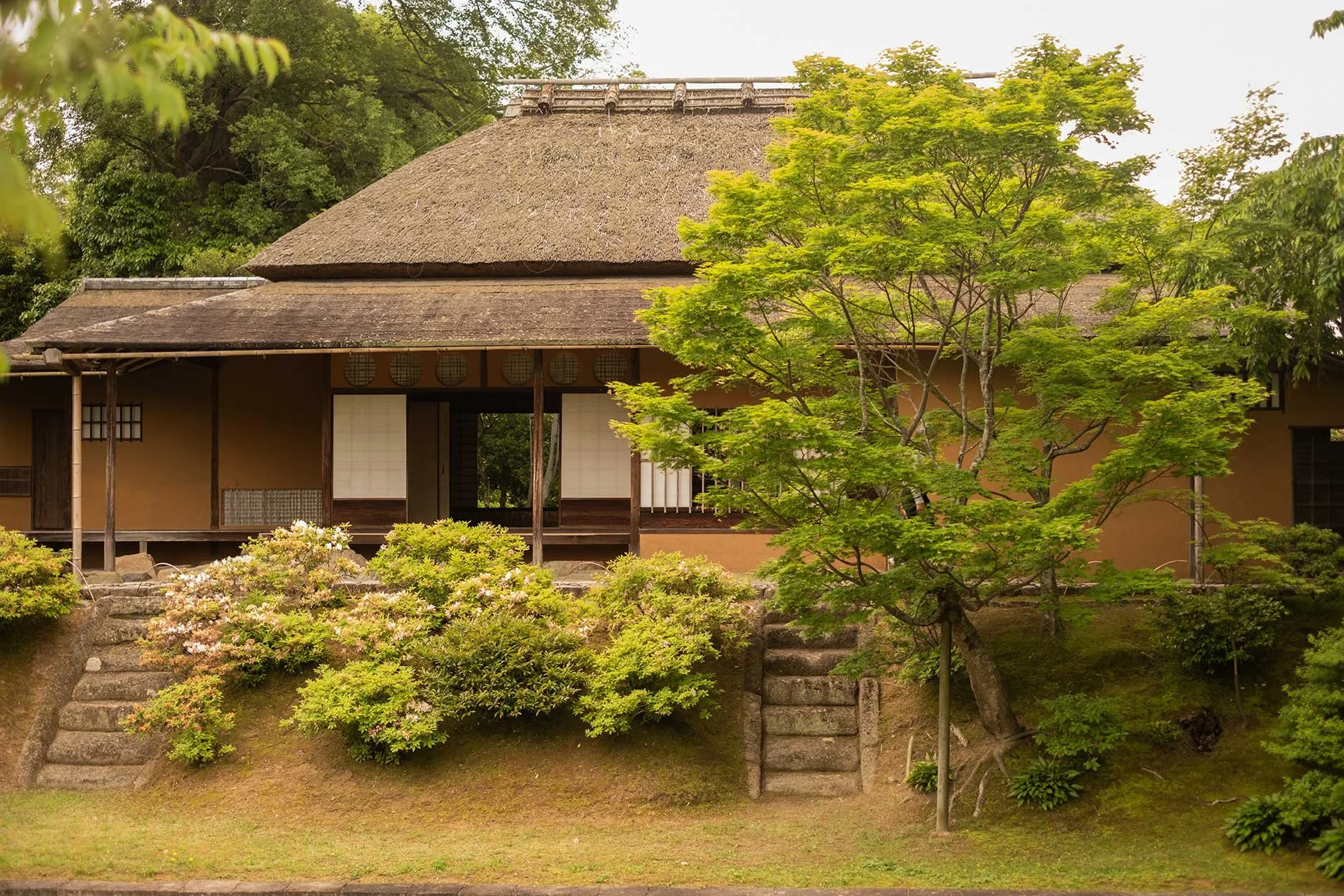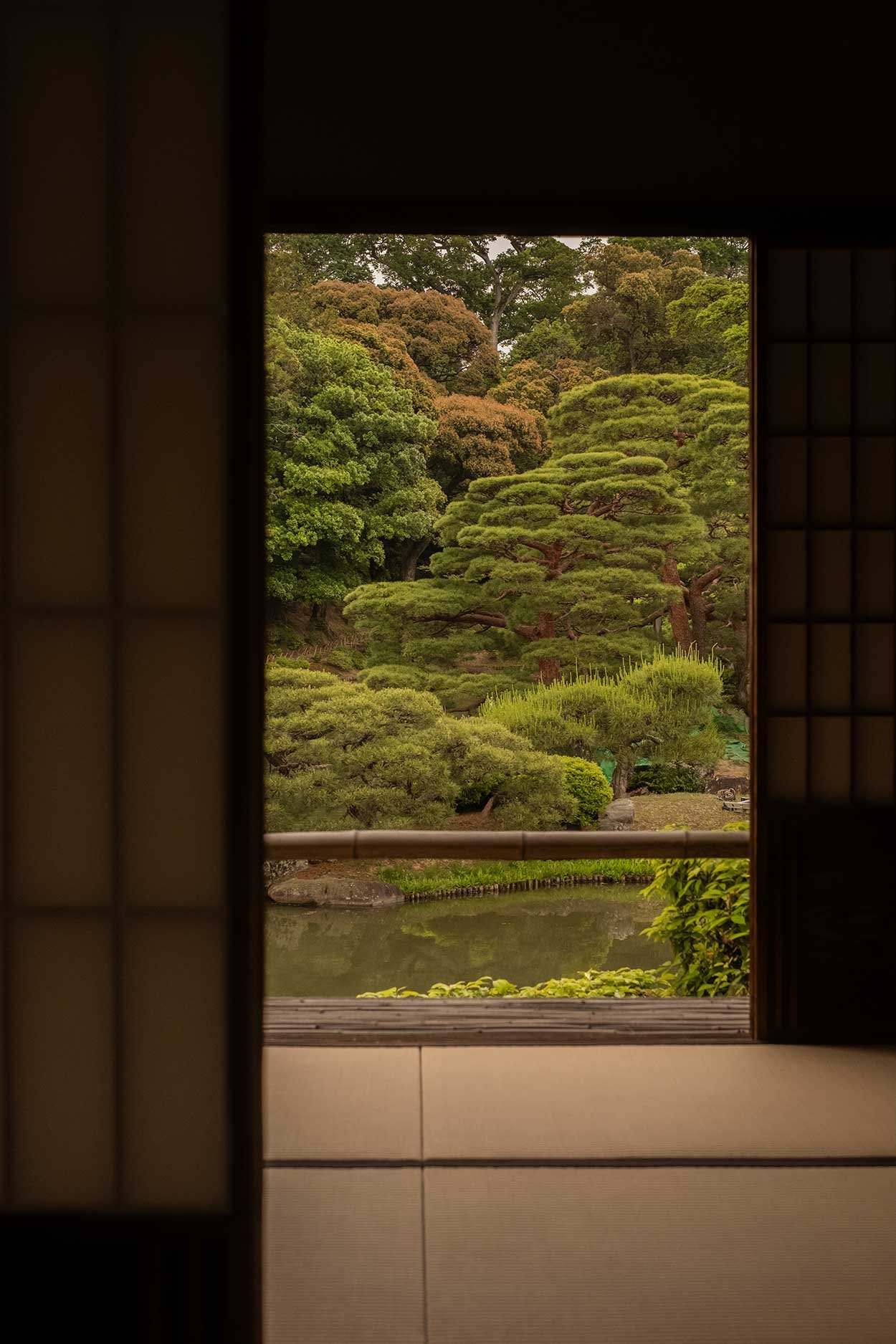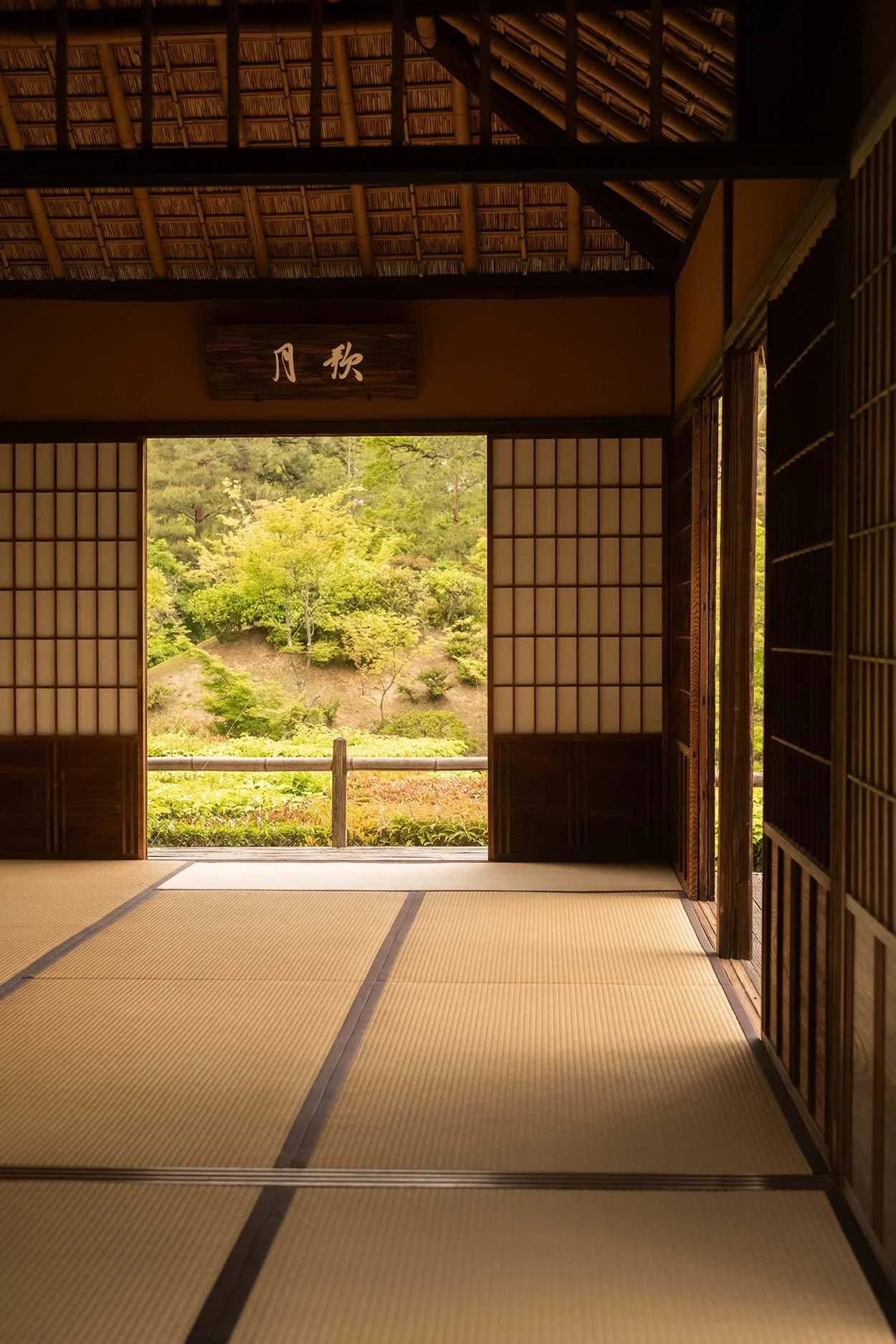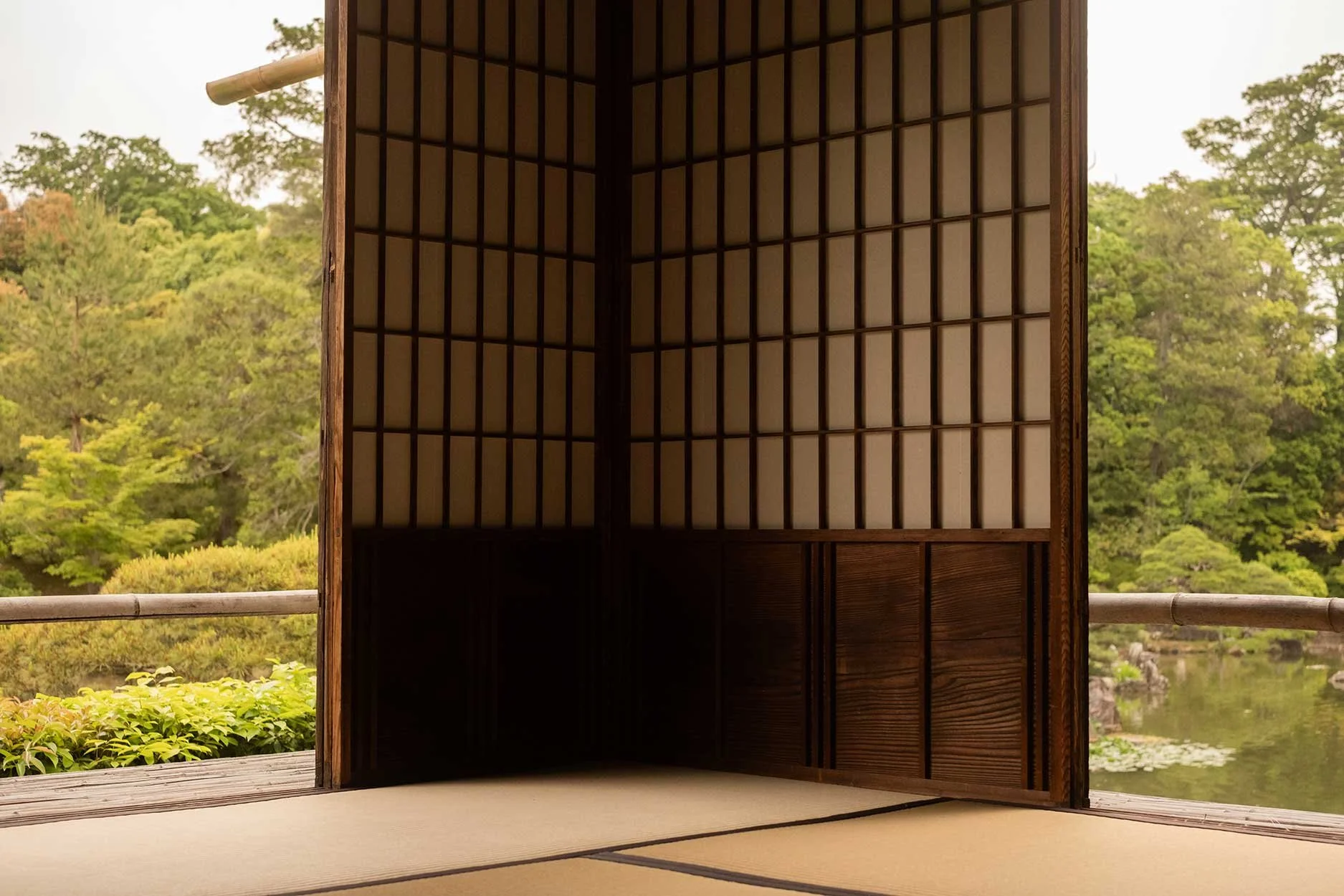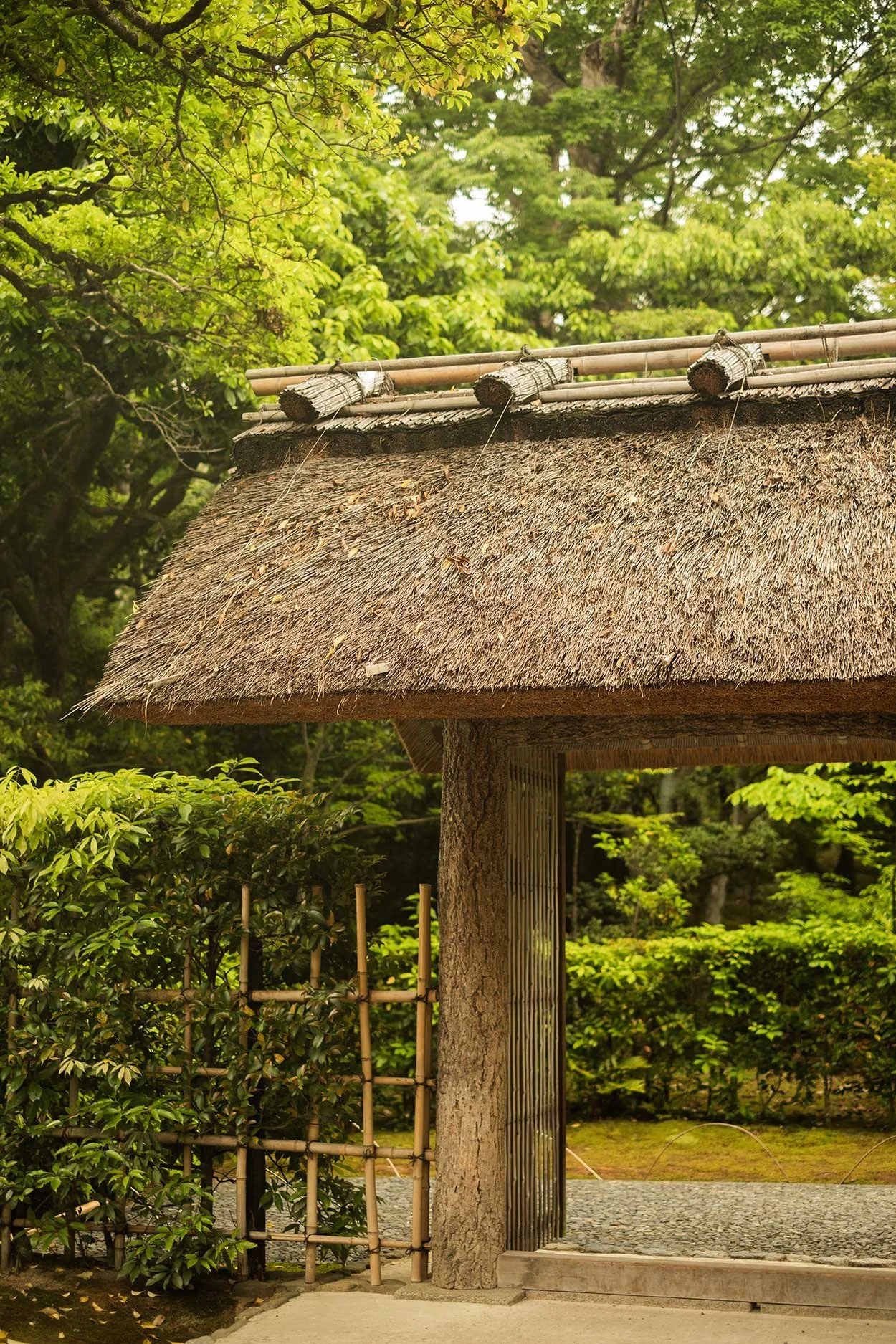Holding Still: Summer Moments at Katsura
Kyoto in the height of summer hums with a particular energy – the air thick with the scent of verdant growth and the distant murmur of city life. Yet, just beyond the edge of this gentle bustle lies a threshold, a quiet invitation to step into a different rhythm. To visit Katsura Imperial Villa is to accept this invitation, to trade the immediacy of the present for a dialogue with centuries of intentional design, lived quietly under the shifting light.
Arriving on a summer morning in 2025 felt less like arriving at a destination and more like entering a cultivated dreamscape. The garden, renowned for its masterful integration of water, stone, and plant life, doesn't demand attention; it unfolds around you. Walking the meandering paths – stones laid with deliberation, moss cushioning the earth – is a slow, immersive experience. Each turn reveals a new perspective, a carefully framed view, a moment designed for quiet contemplation. The lushness of summer was a palpable presence, the greens deep and varied, a vibrant counterpoint to the aged elegance of the structures.
The architecture of Katsura emerges from this landscape with a serene grace. Elevated on slender posts, the buildings seem to float just above the ground (as seen in the elegant rhythm of the exterior columns), a testament to a lightness of being that belies their history. The simple, clean lines of the roofs speak of shelter and harmony, echoing the gentle slopes and curves of the garden itself. Paper screens filter the harsh light into soft, diffused washes, blurring the boundary between inside and out.
The interiors are a masterclass in restraint and texture. Walls are not canvases for excess but surfaces that speak of material truth. Consider the sliding doors (fusuma). Some bear bold, geometric patterns – a striking, almost modern interplay of light and dark squares against a subtle frame, unexpectedly dynamic within the traditional space. Others reveal delicate floral motifs, nature stylized and contained, a whisper of the garden brought within. And then there are the screens woven with intricate patterns of bamboo or reeds, adding a rich, tactile warmth, a visible record of the artisan's hand. Even the simplest features, like a small, elevated shelf or a grated opening (as captured in the detail shots), possess a deliberate beauty, a functional object elevated to art through proportion and placement.
There is a profound beauty in the absence here. The rooms are sparsely furnished, designed for space and light, allowing the materials themselves, the play of shadow, and the views onto the garden to become the main focus. It is a space that encourages presence, urging you to notice the subtle shifts in light throughout the day, the texture of the paper beneath your fingertips, the quiet sound of your own breath in the stillness.
Katsura doesn't shout; it murmurs. It is a place of exquisite detail, of thoughtful pauses, of a timeless aesthetic that finds depth in simplicity and harmony in restraint. To capture it with a lens felt like attempting to hold a breath, to translate a feeling of serene equilibrium into a visual form. These photographs are an attempt to share that feeling – the texture of the aged wood, the pattern on a sliding door, the way the light falls through the leaves, the quiet invitation of a stone path leading into the green. They are echoes of a summer afternoon spent holding still, listening to the quiet elegance of Katsura.



